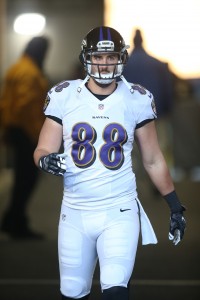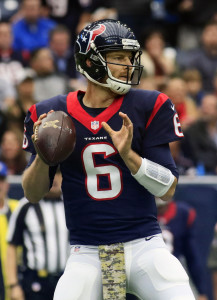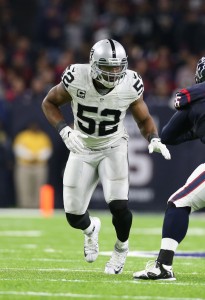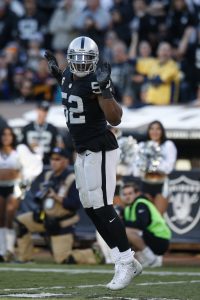When an NFL team finds itself short on cap flexibility and in need of some space, one of the most effective short-term fixes is to restructure a player’s long-term contract. While cutting or trading players can often be solutions as well, a contract restructure allows the team to keep its roster intact while also providing immediate cap relief.
The base salaries of NFL contracts typically aren’t guaranteed, but players can receive guaranteed money in the form of signing bonuses. While those bonuses are considered to be up-front payments, for cap purposes they can be spread out over up to five years of the contract. For instance, if a player were to sign a four-year deal with a $12MM signing bonus, that figure would prorate equally over the four years of the contract, amounting to a $3MM cap hit per year. If a team were to release that player one season into the deal, the club could avoid paying most of the player’s annual base salaries, but would still be on the hook for the remaining bonus money, along with the cap total for that money.
As such, the most common form of contract restructuring involves converting a portion of a player’s base salary for a given year into a new signing bonus. That bonus can then be spread out over several years, moving it away from the current season.
This is exactly the sort of agreement the Ravens and Tony Jefferson reached this offseason. In 2017, the Ravens signed Tony Jefferson to a four-year deal worth up to $37MM. This year, the Ravens moved some of that cash around to give themselves breathing room under the cap. Baltimore converted $5MM of Jefferson’s $6MM base salary into a signing bonus, creating $3.3MM in space for 2018. Meanwhile, Jefferson’s 2019 and 2020 cap numbers increased by $1.67MM.
Restructuring a contract by converting base salary to a signing bonus creates immediate relief, but also creates problems in future years. A year from now, the Ravens may have to make another move with Jefferson, which will likely mean restructuring his deal once again, to reduce a $12.657MM cap number for 2019.
There are ways a player can remain under contract with a team while also helping to create or maintain both short-term and long-term cap flexibility. A player agreeing to take a pay cut, for instance, could allow a team to reduce his current cap number without necessarily moving that money further down the line in the contract. However, that generally happens in situations in which the team’s leverage outweighs the player’s leverage.
In most cases then, a restructured contract that sees base salary converted into bonus money is the simplest short-term fix for a club. The bill will come due eventually, but restructuring a deal allows a team to put off a more significant decision for at least one more year.
Note: This is a PFR Glossary entry. Our glossary posts explain specific rules relating to free agency, trades, or other aspects of the NFL’s Collective Bargaining Agreement. Information from Joel Corry and Over the Cap was used in the creation of this post.




